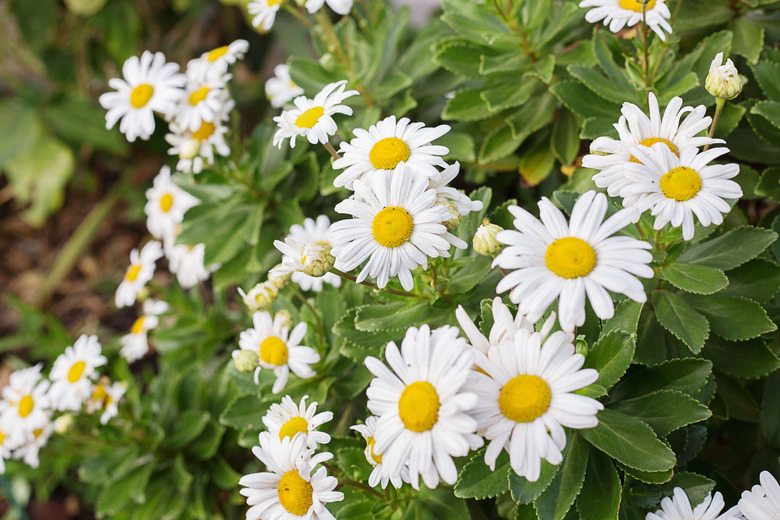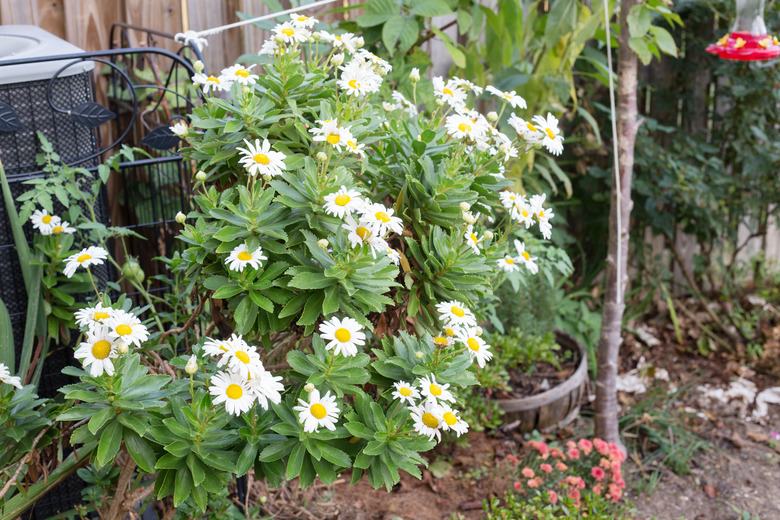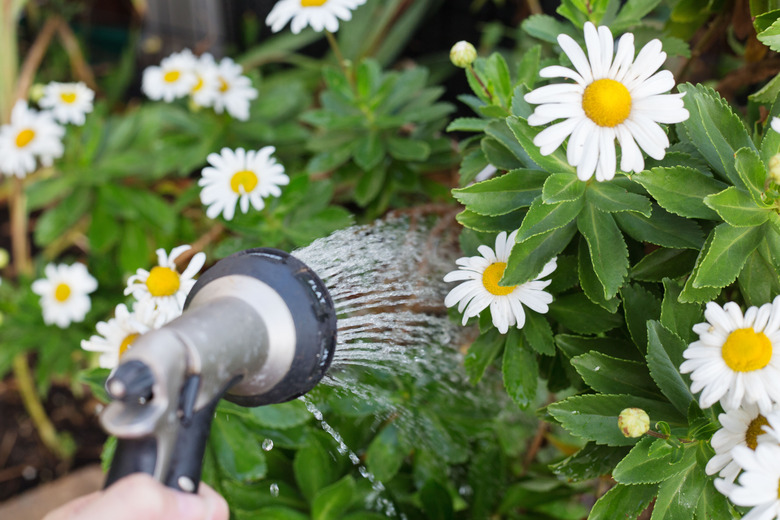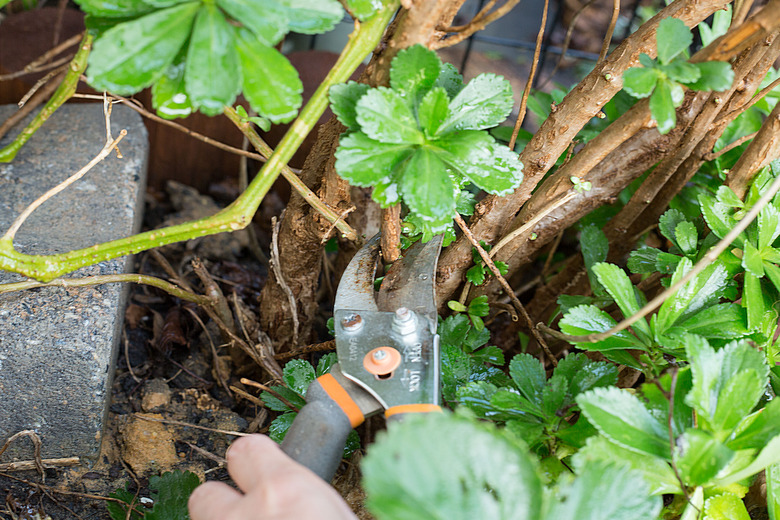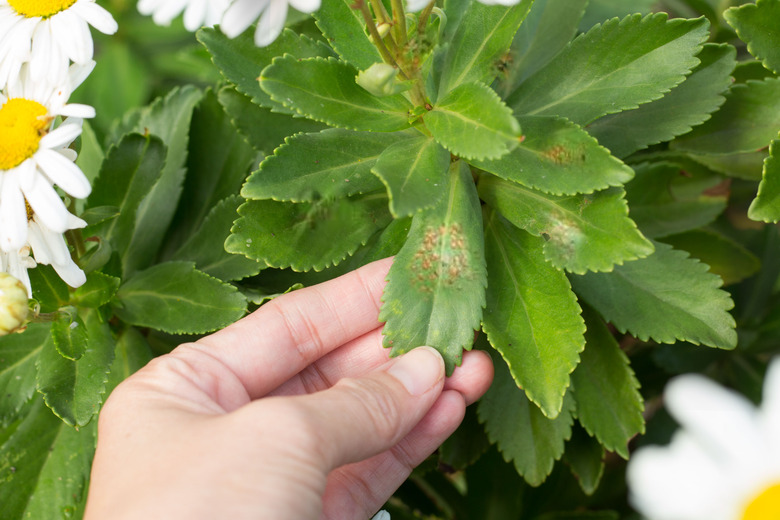Care Of A Montauk Daisy
Delicate white Montauk daisies (Nipponanthemum nipponicum) grow a profusion of 2-inch flowers in late summer. The daisies grow in U.S. Department of Agriculture plant hardiness zones 5 through 9, and they sometimes remain green through the winter in the warmer climates. These low-maintenance plants attract butterflies, making them a suitable choice for butterfly gardens, beds and borders.
Location Needs
Location Needs
Most soil types provide adequate growing conditions for Montauk daisies as long as they drain well and don't remain wet or soggy for long periods after rain or watering. Working a 2- to 4-inch layer of compost into the top 8 inches of soil can improve drainage while providing some plant nutrients. Montauk daisies grow best when they get full, all-day sunlight. They can tolerate light shade, such as afternoon shade or dappled sunlight, especially in hot areas. Although Montauk daisy roots survive freezing, planting near a wall or building can help them overwinter more reliably in the coldest parts of their growing zones.
Water and Fertilizer
Water and Fertilizer
Montauk daisies survive dry soil and brief drought periods with minimal damage, but weekly watering results in better growth and more abundant flowering. Provide no more than 1 inch of water weekly, and water only if there has been no rainfall in the previous week. Although the leaves remain green during hot, dry weather, flowering won't happen until late summer or fall when the weather cools. Montauk daisies don't require regular fertilizer and they grow best in average soil.
Pruning and Division
Pruning and Division
Montauk daisies may become woody if they don't die back to the ground each winter. Cutting back overwintered plants to the base of the stems each spring prevents this issue. Wipe the shears with isoprpyl alcohol to disinfect them before pruning. Pinching the newly emerging stem tips back to the topmost bud several times in spring and early summer will encourage further branching and more flowers, but stop pinching when the flower buds begin to appear. Trimming off the dead flowers as they fade will also increase and prolong the bloom. Montauk daisies need division in spring when the center of the plant begins to die out, or about every three years. Digging up the roots, cutting out the dead parts, and replanting the living roots results in more plants and healthier growth.
Pests and Diseases
Pests and Diseases
Pests rarely attack Montauk daisies in great enough numbers to cause damage. Fungal diseases, such as stem rot and leaf spot, can cause minor damage. Watering sparingly and avoiding overhead watering helps prevent these diseases. A light 1- to 2-inch layer of mulch can further minimize leaf spotting because it prevents the water and spore-containing soil from splashing up onto the foliage. Montauk daises are generally low-maintenance with few problems, and they are deer resistant.
